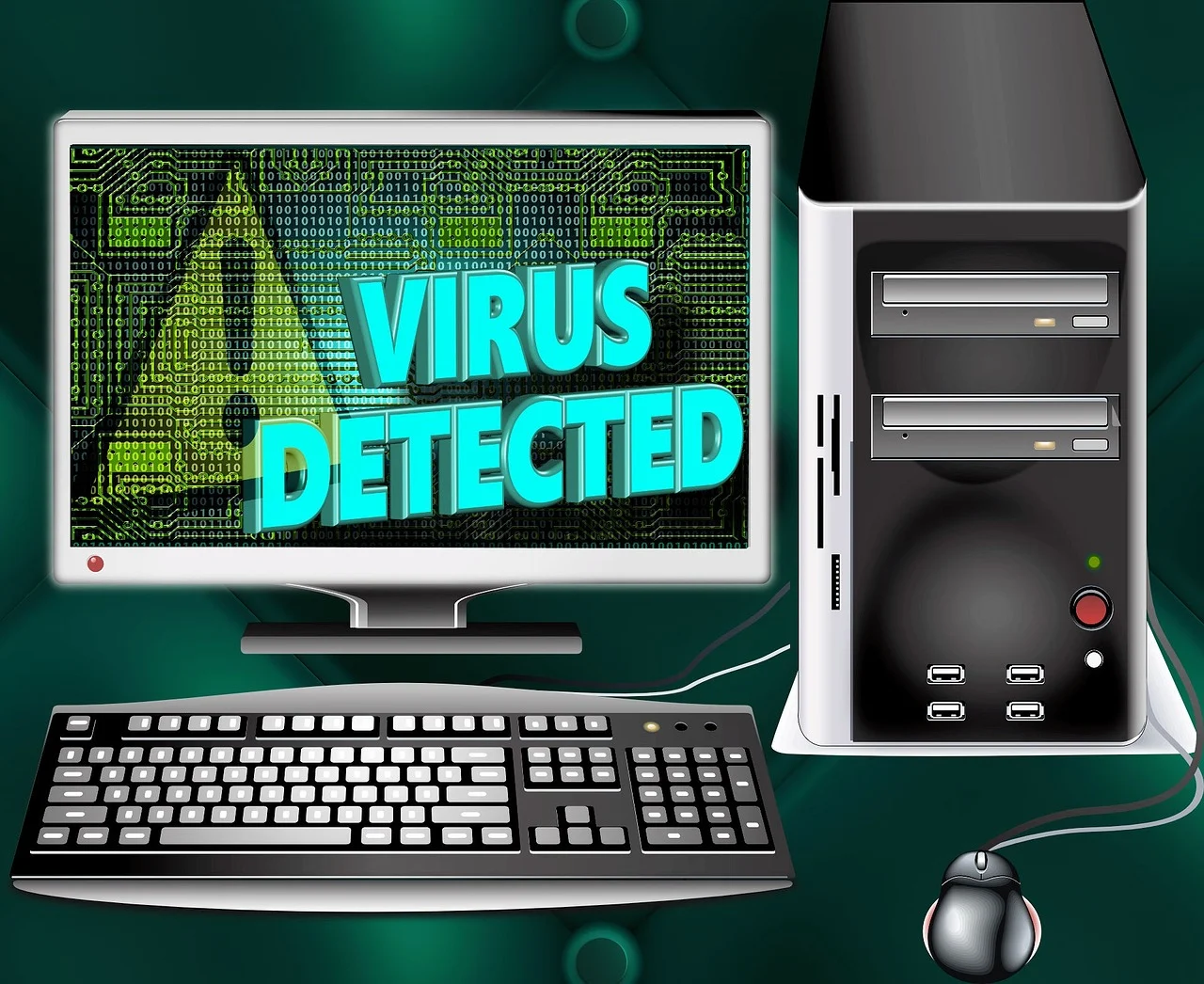The difficulty concerning virus and malicious attacks is that unless your anti-virus software alerts you of the infection, you have no method of being sure that your computer is not infected. However, there are a small number of virus infection symptoms that you should keep an eye for. Following are the most general symptoms experienced from a virus infection or a malicious attack:
- Computer constantly stops responding when you try to use particular software. This could also happen due to corruption of a crucial file required by the software.
- An email in your mailbox contains an odd attachment, irrespective of the authenticity of the sender. On opening the attachment, dialog boxes start appearing on the screen or a sudden degradation in the system performance arises.
- There is a double extension on an attachment that you lately downloaded, such as ‘.jpg.vbs’ or ‘.gif.exe’.
- The resident anti-virus software is disabled for no reason and it cannot be restarted/reactivated. The computer may not permit re-installation of the anti-virus software.
- Weird dialog boxes or message boxes start appearing on the computer screen.
- Somebody informs you that they have lately received an email message from your mail address enclosing infected files as attachment, while you are sure that you never sent such a mail.
- Fresh desktop icons, which you haven’t positioned yourself, start appearing and are not linked with any lately installed programs.
- Strange sounds or music starts playing from the computer speakers without expectation.
- A program disappears from the computer and you haven’t uninstalled it yourself.
- Windows operating system won’t start/boot because of some significant missing system files, and you get error messages listing those files.
- The computer starts as anticipated some of the time, but at other times, it stops responding before the desktop icons and taskbar appear.
- The computer runs awfully slowly and it takes a long time to start/load.
- Out-of-Memory error messages start appearing; although your computer has ample of RAM memory and very few programs are presently running.
- New programs do not install correctly and gets corrupted immediately on installation.
- The operating system restarts repeatedly without expectation.
- Programs that used to run well, now repeatedly stops responding. Even if you uninstall and reinstall the program, the issue still persists.
- A partition completely disappears.
Remember that, none of the above is a compulsory indication of a virus infection or a malicious attack. There could be a software malfunction, or a loose-fitted data cable, or even a simple compatibility problem that could be causing such errors. The finest thing to do is constantly maintain updated anti-virus software installed on your computer.
As we stated above, there is a probability that the unpredictable behavior may not even be a virus, particularly if it’s not detected by the resident anti-virus software. However, to be on the safer side, run a complete virus scan on your computer with the most up-to-date anti-virus scanner. If you don’t have an anti-virus installed, or believe it may not be capable of detecting the virus, you can run an online virus scan from any of the websites offering the service.
Precaution Measures
If a virus is detected, exercise the steps provided in How do I get rid of Viruses?. In case you think that you may do additional damage than good on your own, and might wish to have a professional handling the situation, then perform the following guidelines as precautionary measures:
- If your computer is connected to an external network, unplug the network cable from your computer.
- Switch off the computer. Use the correct shutdown sequence instead of merely switching off the main power. Using an infected computer may purely enhance the chances of spreading the virus, or may give the virus plenty of time to do its damage.
- Switch the computer back on only when you are prepared to free the computer of the viruses.
- Inform users of the other computers on the network to scan their computers, just to make sure that the virus hasn’t spread there already.
- Make sure that the uninfected computers on the network have some protection against the detected virus. This should be considered as a top priority.
- Do not share CDs or DVDs (or any other external storage media) that were burnt on the infected computer without scanning them for potential viruses.
The objective of the above guidelines is to disconnect the infected computer from the uninfected lot till the virus trouble is taken care of.
